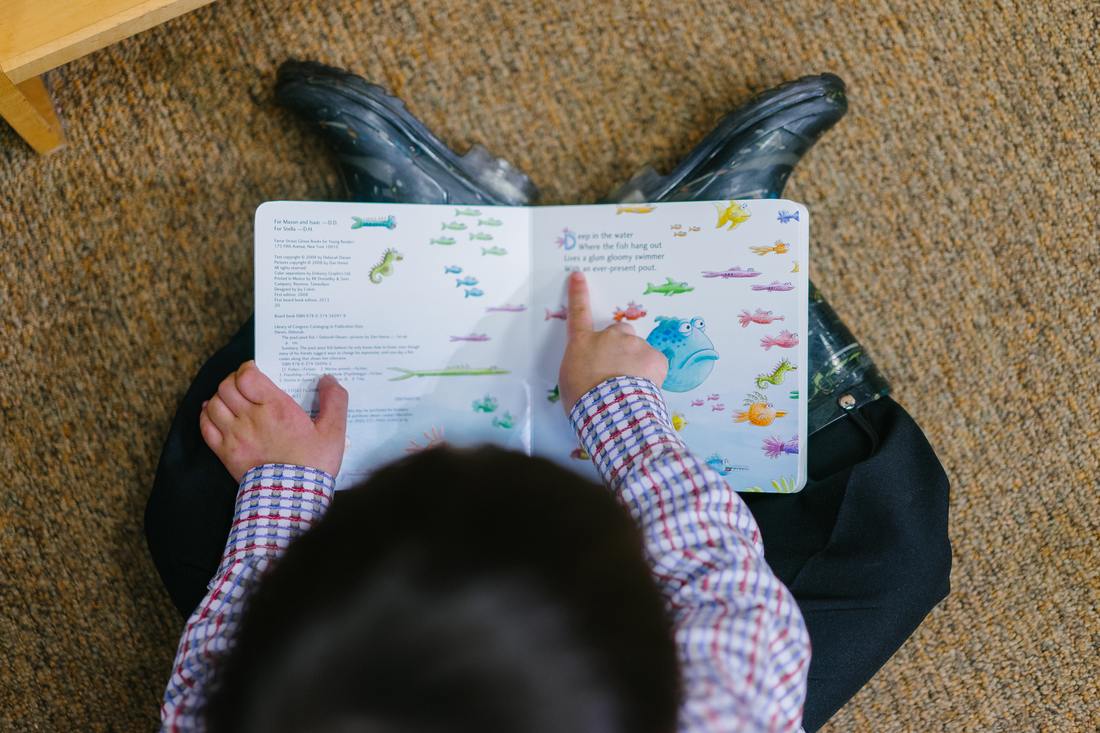|
So, what does it mean to be literate?
Being literate means you can read and write, right? You got it! Literacy can be broken down into two components: reading and writing. There are two main skills necessary to be a successful reader: decoding and comprehending. When teaching your child to read, you need to focus on both their decoding skills and their comprehension skills. This post will tell you more about what those skills are, when your child should acquire these skills, how to encourage their development, and how to keep reading fun. Before we jump into the how, let’s learn a little bit more about the what and the when. What is decoding? Decoding can be broken down into six main skills:
By when should be child be able to do these things? Great question. Look below to see what reading skills your child should display based on their age.
Ok, great. Now that I know what these things are and when my child should be doing them by, how can I help? Shared storybook reading is a great approach to use while targeting reading development, more specifically reading comprehension development. During shared storybook reading an adult reads a story aloud while engaging their child in discussion rich in language enhancing techniques. See the list below for examples of these language enhancing techniques, and how to use them. The overarching goal in shared story book reading is to draw your child’s attention to the things you do and the thoughts you have while reading.
Anything else I should be doing? Make sure to choose books that your child is interested in. Go on a library adventure. Let you child choose which book they want to read. Help direct them to books about topics they are interested in. Talk to your child about some of your favorite books and why you like them. You want to show them that reading is, and can be fun! Reading is a key part of a child’s education. By grade three children transition from learning to read to reading to learn. If you child is really struggling with decoding or comprehension, don’t hesitate to seek out help from a speech-language pathologist or reading specialist. We would love to help!
1 Comment
|
A2 Therapy WorksMonthly tips, tricks, and activity ideas from our therapists! Archives
March 2022
Categories |


 RSS Feed
RSS Feed